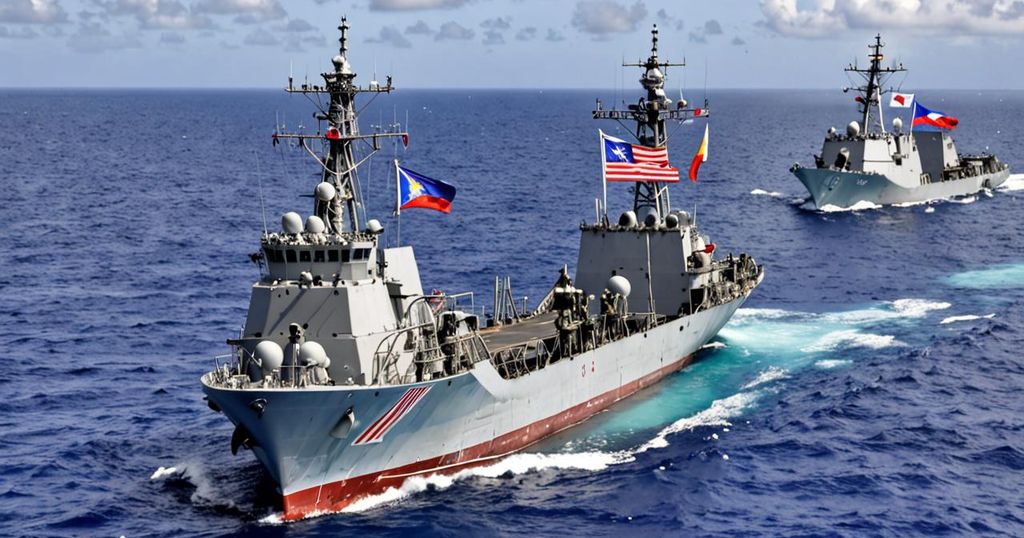The recent decision by the Philippines to decline offers of assistance from the United States in managing operations in the South China Sea came after an intense encounter with China over missions aimed at providing supplies to Filipino troops stationed on a disputed shoal. General Romeo Brawner, the military chief of the Philippines, disclosed that the US had extended their support, but Manila preferred to handle the situation independently.
The ongoing dispute in the contested waters has escalated in the past year, resulting in instances of violence, including a Filipino sailor losing a finger during a clash on June 17, described as a deliberate, high-speed ramming by the Chinese coast guard.
Despite being a treaty ally, the Philippines chose to turn down the US offers, suggesting that they exhaust all available options before seeking external help. The two countries are bound by the 1951 Mutual Defence Treaty, a military agreement that can be invoked in the event of armed attacks on Philippine forces, public vessels, or aircraft in the South China Sea.
The frequency of confrontations between the Philippines and China has increased, as Beijing asserts its claim to the waterway, and Manila continues to undertake missions to supply soldiers stationed on an aging warship grounded on a contested shoal.
Notably, some observers, including former deputy US national security adviser Matt Pottinger, have urged for direct US naval support for the resupply missions. However, Philippine National Security Adviser Eduardo Ano expressed the Philippines’ desire for the operations to remain a “pure Philippine operation,” citing national interest as the primary reason for the decision.
Ano also addressed that the Mutual Defence Treaty had not been invoked, as both the Philippines and China agreed to ease tensions. He emphasized that the Philippines would continue to assert its rights and fight for what they believe is rightfully theirs.
Experts speculated that the US was open to providing naval escorts for the resupply missions, while also offering some limited support to the Philippines. The US, through the Army Corps of Engineers, was reportedly consulting Manila on stabilizing the grounded vessel. Additionally, US aircraft have been involved in providing overwatch of the ship on multiple occasions.
Although the Permanent Court of Arbitration ruled in 2016 that China’s expansive claims in the South China Sea were baseless under international law, China has continued to be assertive in the region, deploying coast guard vessels to patrol the disputed areas. This has caused concern among the Philippines, other Southeast Asian claimants, and the US.
General Brawner noted that the US’ offer of support was not solely in response to the June 17 incident, but rather a reflection of the enduring military alliance between the two countries. He emphasized that the offer had been available for a long time, owing to their treaty alliance.
In conclusion, the Philippines has made a strategic decision to handle the escalating tensions in the South China Sea without external military assistance, at least for the time being. The situation continues to be closely monitored by the international community, amidst concerns over China’s assertive actions in the region.

Leave a Reply